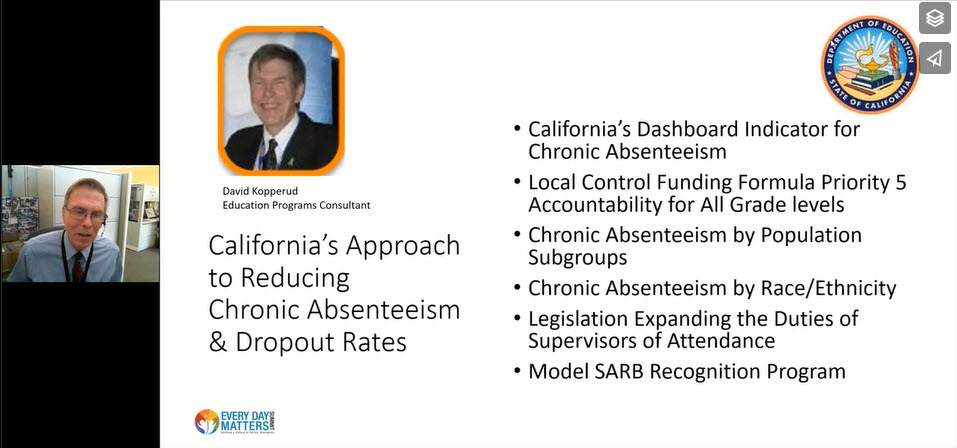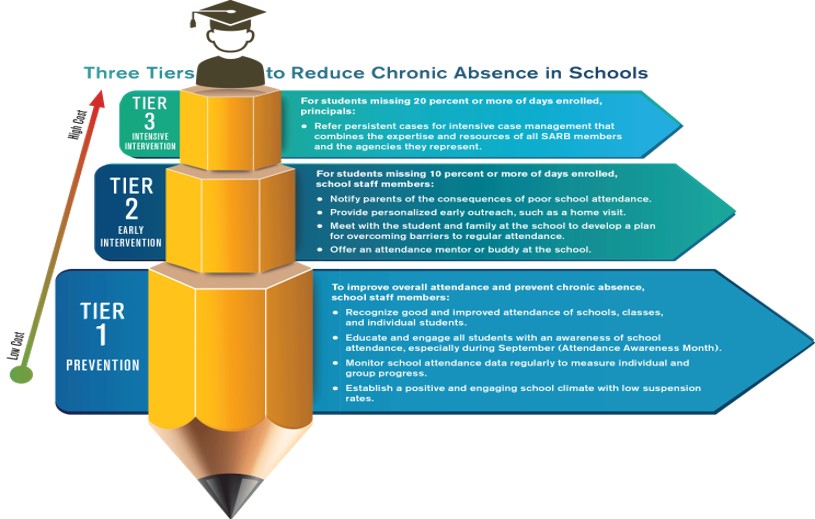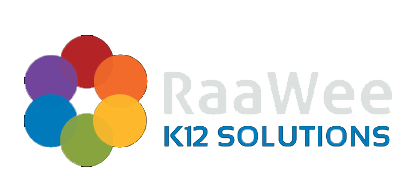Attendance Awareness Communications
How to Use Social Media to Improve District Communications (Finalsite.com, 2018) tells us that “Social media has quickly earned itself at the top of the list for necessary communication tools … to improve their school-to-home communications.” The attendance improvement best practices and strategies they share for each social network are valuable for those districts just getting started and existing district users alike. These recommendations include which types of social media are better at reaching which audiences.

About Beaumont USD
Beaumont Unified School District (BUSD) does a great job in their use of social media, and their activities reflect real-time examples of these recommendations. Beaumont USD is situated in the San Gorgonio Pass, in Riverside County, California within a growing city of nearly 45,000 residents. BUSD operates seven elementary, two middle, and two high schools and serves 10,829 K-12 students and their families.
Beaumont USD shared its district strategies, including the successful social media outreach at the RaaWee K12 Every Day Matters Summit, on November 15, 2019. View the entire event at Applying the “Mind in Boat” Teamwork & Focus to Attendance Improvement at Beaumont USD – Every Day Matters Summit 11.15.2019.
Beaumont USD uses Social Media for Successful Outreach
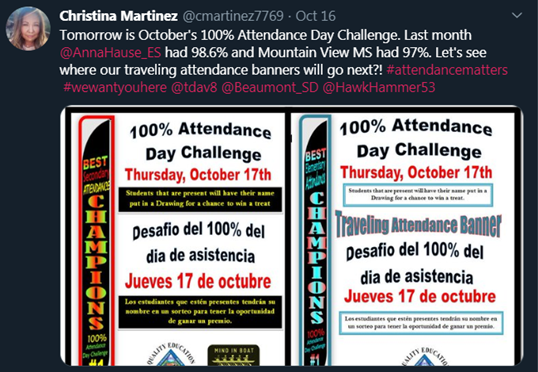
They found that both Facebook and Twitter serve them well, but in different ways. They have more parents on their Facebook account and they find that the parents share the flyers and other information amongst one another. Twitter is great because the staff and school sites share their progress, awards, trophies, etc. Everyone appreciates visible recognition.
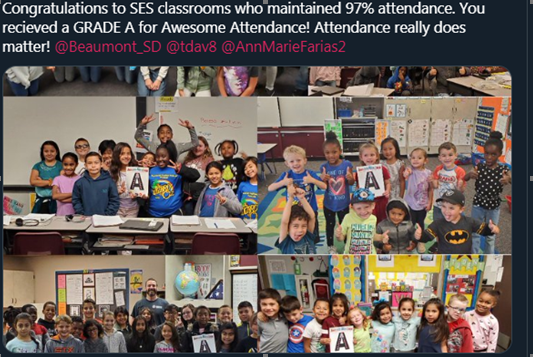
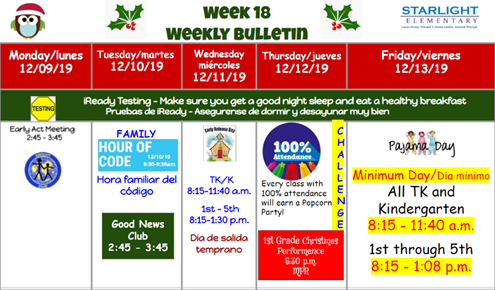
Consistent Meaningful Attendance Content is Key

For more information on Beaumont Unified School District and all they are doing to reach and maintain their Attendance Goals for each student district-wide, check out our Every Day Matter Summit presentation by Christina Martinez at BUSD.


